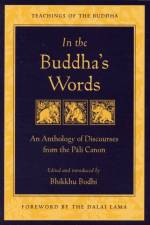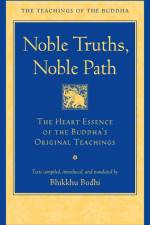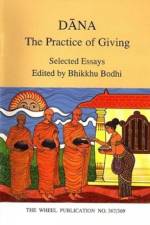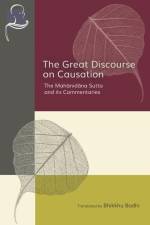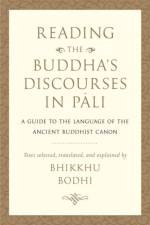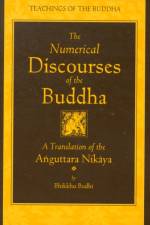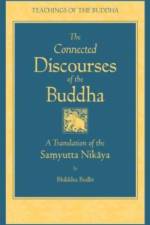- A Complete Translation of the Anguttara Nikaya
av Bhikkhu Bodhi
809
Discover with the original teachings of the Buddha in this thorough translation of some of the oldest Buddhist texts in the world. Like the River Ganges flowing down from the Himalayas, the entire Buddhist tradition flows down to us from the teachings and deeds of the historical Buddha, who lived and taught in India during the fifth century B.C.E. To ensure that his legacy would survive the ravages of time, his direct disciples compiled records of the Buddha's teachings soon after his passing. In the Theravada Buddhist tradition, which prevails in Sri Lanka and Southeast Asia, these records are regarded as the definitive "word of the Buddha." Preserved in Pali, an ancient Indian language closely related to the language that the Buddha spoke, this full compilation of texts is known as the Pali Canon. At the heart of the Buddha's teaching were the suttas (Sanskrit sutras), his discourses and dialogues. If we want to find out what the Buddha himself actually said, these are the most ancient sources available to us. The suttas were compiled into collections called "Nikayas," of which there are four, each organized according to a different principle. The Digha Nikaya consists of longer discourses; the Majjhima Nikaya of middle-length discourses; the Samyutta Nikaya of thematically connected discourses; and the Anguttara Nikaya of numerically patterned discourses. The Numerical Discourses contains a full translation of the Anguttara Nikaya. The Anguttara arranges the Buddha's discourses in accordance with a numerical scheme intended to promote retention and easy comprehension. In an age when writing was still in its infancy, this proved to be the most effective way to ensure that the disciples could grasp and replicate the structure of a teaching. Here’s what makes the Numerical Discourses special: Insightful commentary from eminent scholar-monk Bhikkhu Bodhi Its comprehensive translation of the Anguttara Nikaya, part of the Pali Canon Teachings specifically for lay people and families Themes including family life, right livelihood, friendship, and meditation techniques laid out in a carefully organized thematic guide In 2013, Venerable Bhikkhu Bodhi was awarded the 2013 Khyentse Foundation Prize for Outstanding Translation. Bhikkhu Bodhi’s translation and compilation also includes a useful thematic guide to the Anguttara Nikaya, so that readers can browse the volume by topic. Find the teachings to further your practice and bring clarity to your life today by diving into this rich treasure of the Buddhist literary tradition. With this volume, readers can learn about the life of the Buddha, instructions for maintaining a harmonious household, monastic practice and lifestyle, meditation practice, and the Sangha (Buddhist community).

